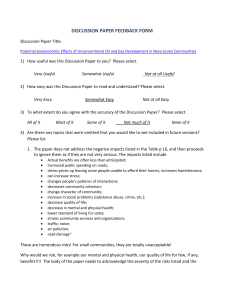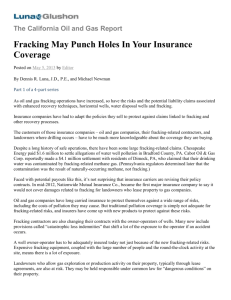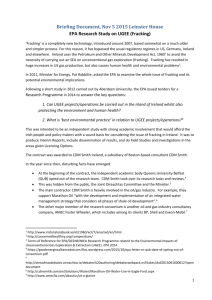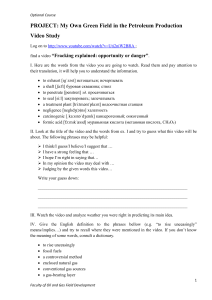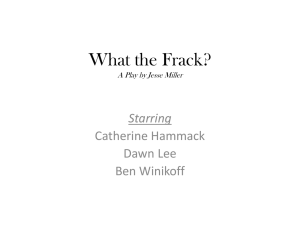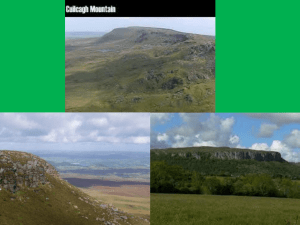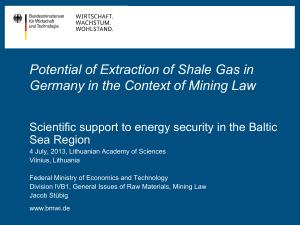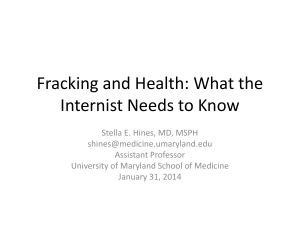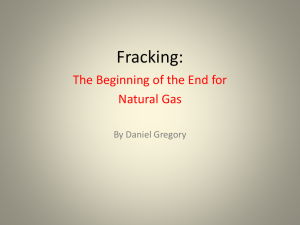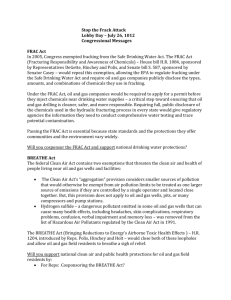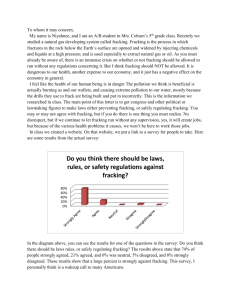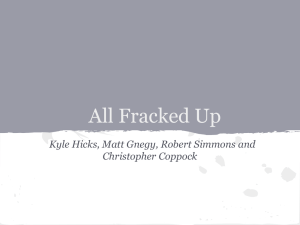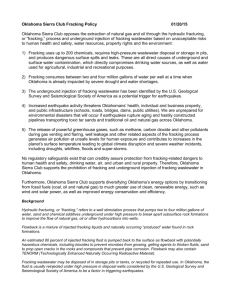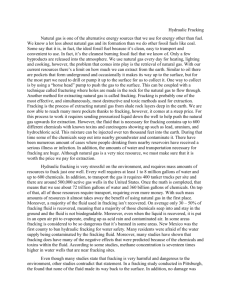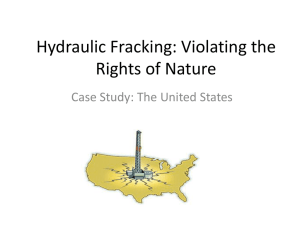Fracking: Disclosure and Transparency
advertisement
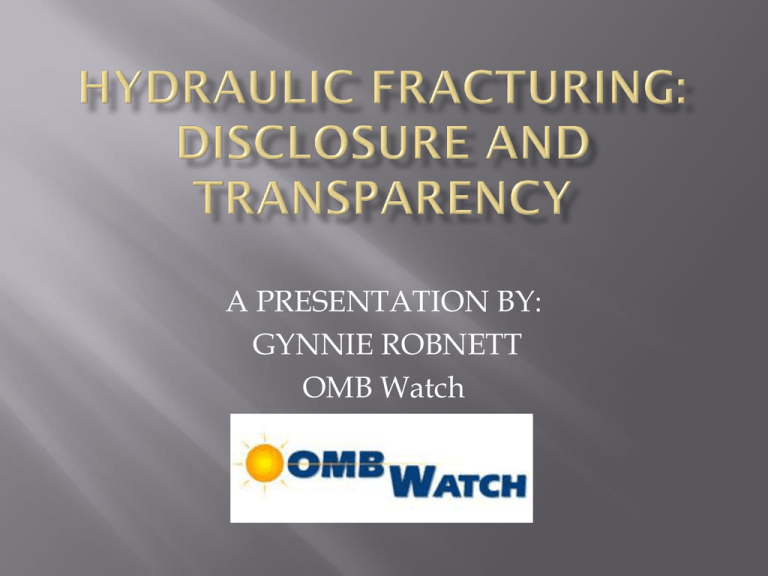
A PRESENTATION BY: GYNNIE ROBNETT OMB Watch Reviews the expansion of natural gas drilling Examines evidence on health risks of drilling Lays out elements of an effective chemical disclosure policy Examines oversight of chemicals in the states Evaluates efforts of 19 chemical disclosure policies that have passed or have been proposed. Natural gas is still hailed as a clean energy source by those extracting and producing it. http://www.businessinsider.com/there-aremany-scary-chemicals-in-fracking-fluid-atthis-pennsylvania-site-2012-5 1974: Congress passes Safe Drinking Water Act to protect groundwater as a source of drinking water 1996: Fracking for methane in Alabama leads to lawsuit LEAF v. EPA, alleging that injection of fluids for fracking must be regulated by EPA 1997: U.S. Court of Appeals for 11th Circuit rules that EPA must regulate fracking under SDWA 2001: In response to lawsuit, EPA begins study of effects of fracking on drinking water. Vice President Cheney’s Energy Task Force urges EPA to conclude that it should not regulate fracking. 2003: President Bush publicly backs energy bill that would exempt fracking from regulation under SDWA. 2005: Congress passes and Bush signs Energy Policy Act of 2005, officially exempting fracking from regulation 2009: Legislation introduced in Congress to protect drinking water from oil and gas development. 2010: House Committee on Energy and Commerce begins study of environmental impacts of fracking. At request of Congress, EPA announces it will further study fracking effects. 2010: Wyoming becomes the first state to mandate that gas industry fully disclose to the public what chemicals are being used in each well at fracking sites. Many other states begin to follow suit. Requiring chemical disclosure, baseline studies, full industry plans and high quality of construction as a condition of permitting Getting detailed information on all chemicals and from all companies involved Posting information online Limiting the use of Trade Secret Claims It only costs 7% more in construction costs to build infrastructure to the highest quality infrastructure and perform baseline studies. Specific Information policies should mandate: the unique ID number of each chemical Concentration or volume of each chemical Amount, type, and sources of base fluid pumped into well That information be collected on all chemicals and from all companies involved. Information should be posted online Simple, standardized forms Website should be easily searchable by a number of criteria and downloadable State governments should run websites themselves, not pass to third party like Fracfocus.org A good system for managing trade secrets claims would include the following: A very narrow definition of ‘Trade Secrets, or ‘Confidential Business Information’ No exemptions for data related to health effects or toxicity, access for health providers and first responders. A requirement that companies explain how and why the information is a trade secret Mechanisms for the public to challenge a claim States should review claims of confidential business information Key: Legislation and laws in black; rules adopted by state agencies in red; no state action taken in blue. Op-Ed pieces to send to state and local reporters Possible releases of state by state factsheets or ‘state policy profiles’. Materials, sample language Review draft policies in your state Information on messaging or strategic opportunities Sample press materials on this, or other themes that would be useful from your perspective In the absence of federal legislative action, states must do more There is no evidence that disclosure requirements will cripple business This is a debate about public safety and corporate accountability and mitigating the environmental risks of fracking.

